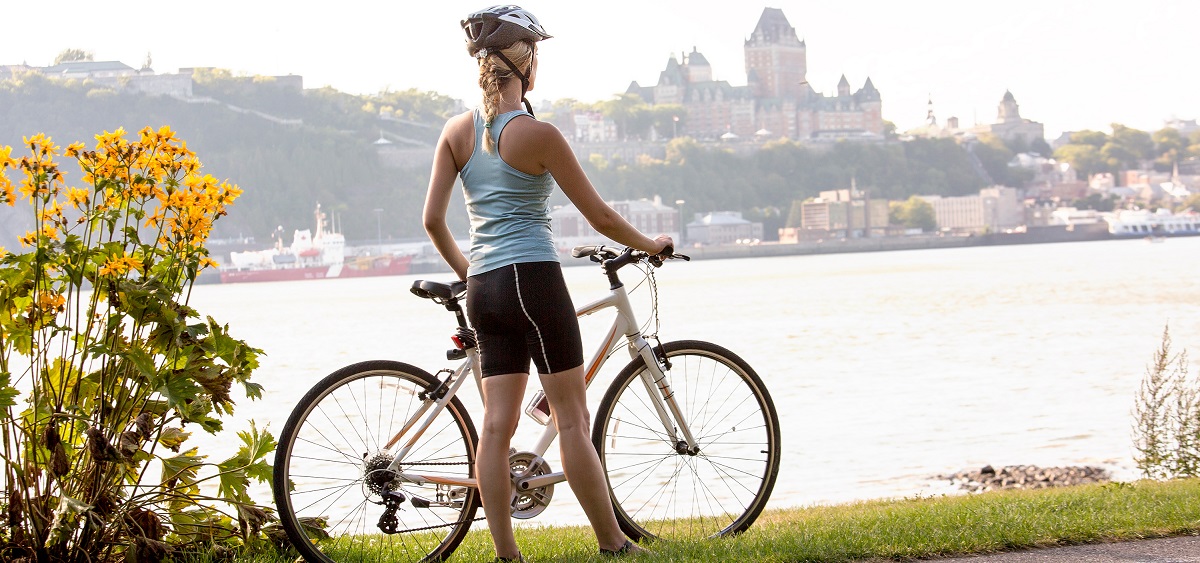Bike riding season is finally here! Riding a bike is an enjoyable and healthy way to get around. To keep it that way and avoid problems, try our quiz and test your knowledge on the rules surrounding biking!

Bike riding season is finally here! Riding a bike is an enjoyable and healthy way to get around. To keep it that way and avoid problems, try our quiz and test your knowledge on the rules surrounding biking!
